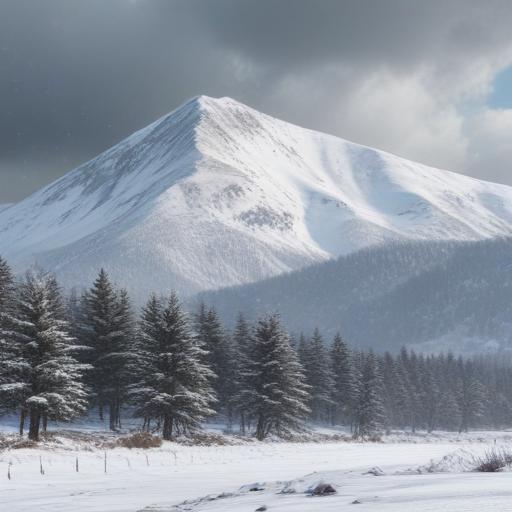The Old Farmer’s Almanac released its winter forecast on Wednesday, Aug. 27, 2025, and it centers on Asheville and the southern Appalachians. The forecast calls for a colder-than-average winter with more snow overall between December and March, and it predicts a split in snowfall: lighter snow in the northern Appalachians and heavier snow in the southern portion.
For region 3, the Appalachians, the almanac highlights:
– Temperatures: Below normal
– Coldest periods: Mid- to late December, early and late January, and early February
– Precipitation: Below normal
– Snowfall: Below normal in the north and above normal in the south; the heaviest snow is expected in late December, late January, early and late February, and mid-March
A separate winter forecast for the broader area will be unveiled later this fall in a News 13 weather special; the airing date is to be announced.
What this could mean for residents and visitors
– Plan for colder spells and be prepared for wintry conditions in the higher elevations and mountain towns.
– Travelers should expect the possibility of more snow in the southern Appalachians, with road conditions changing through December, January, February, and into March.
– Homeowners and businesses may want to review heating fuel supplies and winterize routines in anticipation of colder snaps.
Notes and context
– Long-range forecasts are inherently probabilistic and can vary with shifting weather patterns. Local conditions can diverge from regional trends, so ongoing updates from local meteorologists will be important as winter approaches.
– The forecast’s emphasis on a north-south split in snowfall is consistent with how the southern Appalachians often experience different snow totals than their northern neighbors during high-snow years.
Summary
The almanac’s winter outlook for the Appalachians points to a chillier-than-normal season with a distinct snow pattern that favors the southern Appalachians, marked by several key snowy periods from late December through mid-March.
Positive note
If the pattern holds, the region could offer scenic winter landscapes and plenty of opportunities for mountain recreation, as well as a potential boost for winter-related tourism. As always, stay tuned to local forecasts for the most current guidance as winter approaches.
